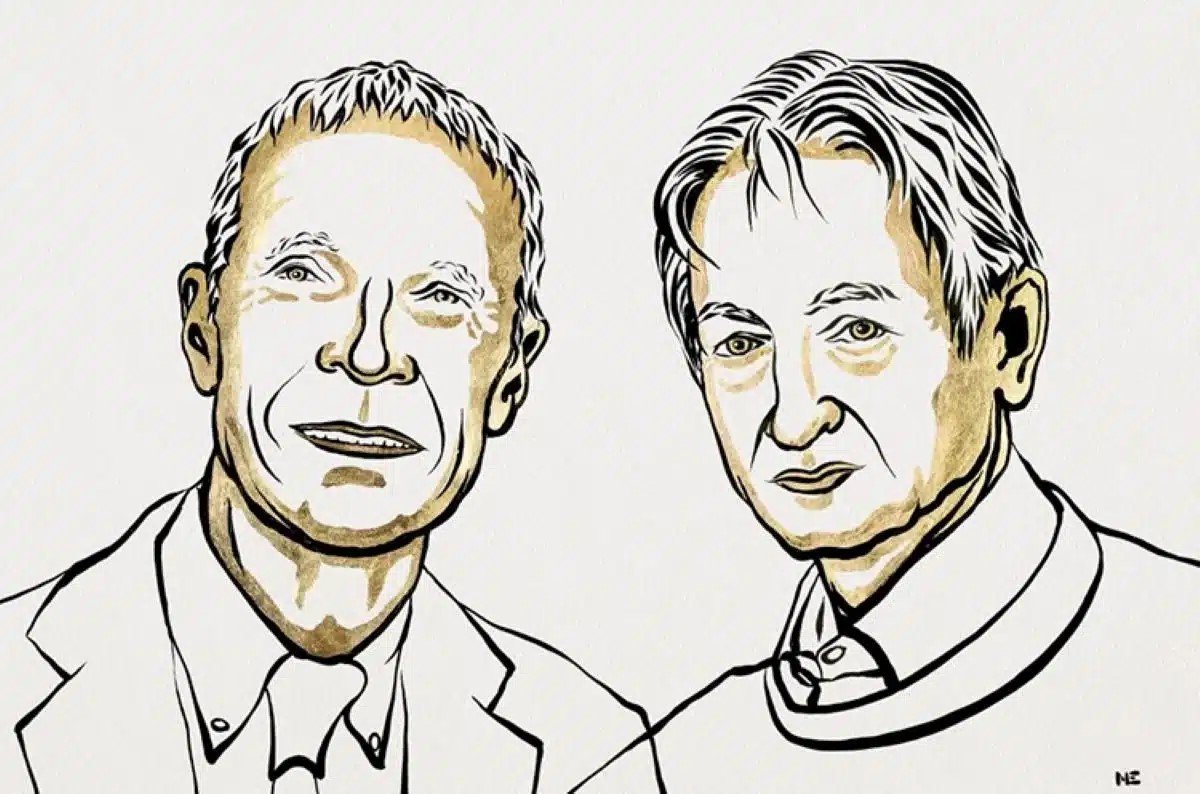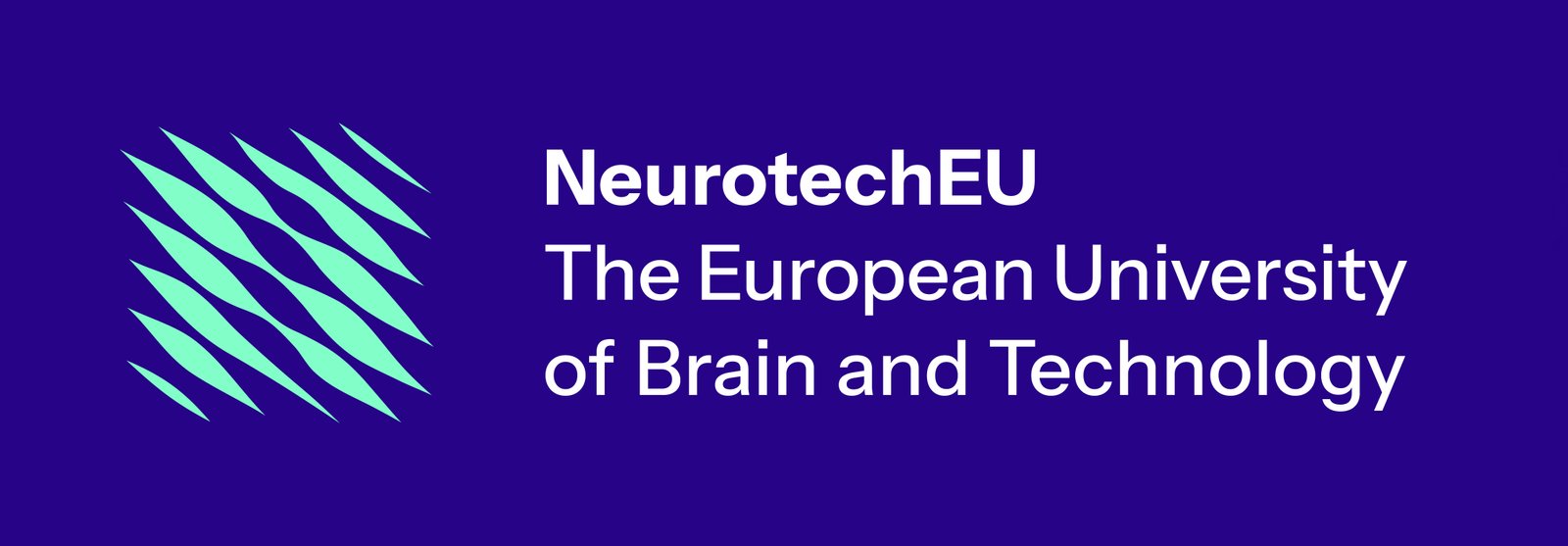How the Nobel Prize in Physics impacts NeurotechEU

John J. Hopfield and Geoffrey E. Hinton. Credit: Ill. Niklas Elmehed © Nobel Prize Outreach
This year’s Nobel Prize in Physics has been awarded to John Hopfield and Geoffrey Hinton for their groundbreaking contributions to artificial neural networks, a technology that lies at the heart of modern artificial intelligence (AI). Their work, which began in the 1980s, has shaped the foundations of machine learning and continues to influence research in neuroscience, computational models, and AI-driven applications. This article addresses how NeurotechEU interdisciplinary collaborations are impacted by their studies.
Nobel Prize
Artificial intelligence often relies on artificial neural networks—computational models inspired by the structure and function of the human brain. These networks consist of nodes that interact through weighted connections (neurons and synapses). Learning occurs when the strengths of these connections are adjusted, allowing the network to recognize patterns, classify data, and even generate new information.
John Hopfield introduced a type of neural network that functions as an associative memory system. His model, known as the Hopfield network, can store and reconstruct patterns, much like how the brain recalls memories from partial inputs. Using principles from statistical physics, Hopfield demonstrated how networks could be trained to minimize their energy states, enabling them to retrieve complete images from distorted or incomplete ones. This method has been instrumental in applications such as error correction in data transmission and image recognition.
Building upon Hopfield’s insights, Geoffrey Hinton advanced the development of artificial neural networks by introducing the Boltzmann machine. This network learns by identifying key features in datasets and improving its internal representations over time. Hinton’s contributions to deep learning have paved the way for modern AI systems that can recognize faces, translate languages, and even generate realistic images. His influence extends across fields as diverse as cognitive neuroscience, robotics, and computational biology.
Impact on NeurotechEU
Richard van Wezel, coordinator of the NeurotechEU, explains the connection between the AI research of the Nobel prize laureates and NeurotechEU: “Naturally, AI plays a major role for NeurotechEU. AI, neurotechnology, and robotics—are closely connected. In fact, if we look at it another way, the key components here are AI, chip technology, and neurotechnology, which are deeply interlinked.”
According to van Wezel these fields continuously inspire each other and are fundamentally connected. They are three essential components that drive innovation, generate new ideas, and shape how various technologies develop.
At NeurotechEU, we embrace the fusion of neuroscience and technology to push the boundaries of human understanding and innovation. The laureates' work impacts NeurotechEU research in several key ways:
- Neuroscience-inspired computing: by mimicking brain processes, neural networks help researchers explore cognition, memory, and decision-making. NeurotechEU partners leverage these models to simulate brain function and understand neurological disorders.
- AI in brain research: machine learning is transforming neuroscience by analyzing vast datasets, from brain scans to neural activity recordings. Inspired by Hopfield and Hinton’s work, NeurotechEU researchers develop AI-powered tools for early diagnosis of brain diseases and personalized treatments.
- Interdisciplinary collaboration: the Nobel-winning research exemplifies the power of combining physics, neuroscience, and computer science—an approach central to NeurotechEU’s vision. Our initiatives encourage cross-disciplinary projects that build upon these fundamental discoveries.
Of course all these topics are important for NeurotechEU education as well. We are educating the next generation of scientists through summer courses, bachelor and master programmes.
Looking Forward
The recognition of Hopfield and Hinton underscores the importance of fundamental research in shaping technological advancements. Their discoveries have revolutionized AI, making it an indispensable tool in fields ranging from medicine to engineering. As part of NeurotechEU, we continue to explore the frontiers of neurotechnology, fostering innovations that bridge the gap between artificial intelligence and human cognition.
By celebrating the achievements of this year’s Nobel laureates, we acknowledge the transformative impact of their work and its enduring relevance to the future of AI and neuroscience. NeurotechEU remains committed to advancing these fields, ensuring that cutting-edge education and research translates into benefits for society.

